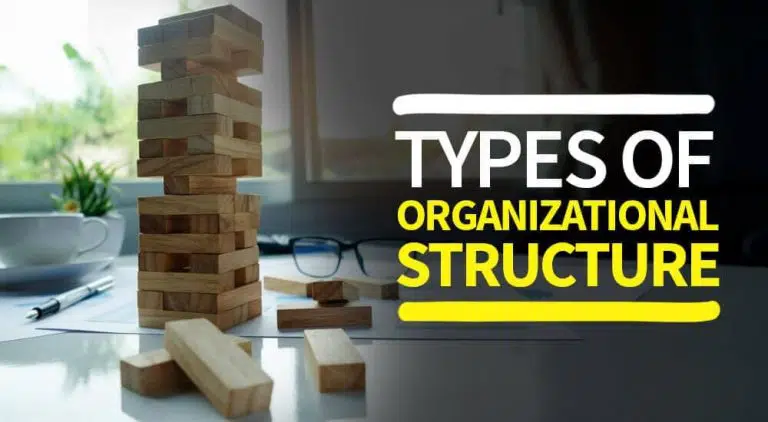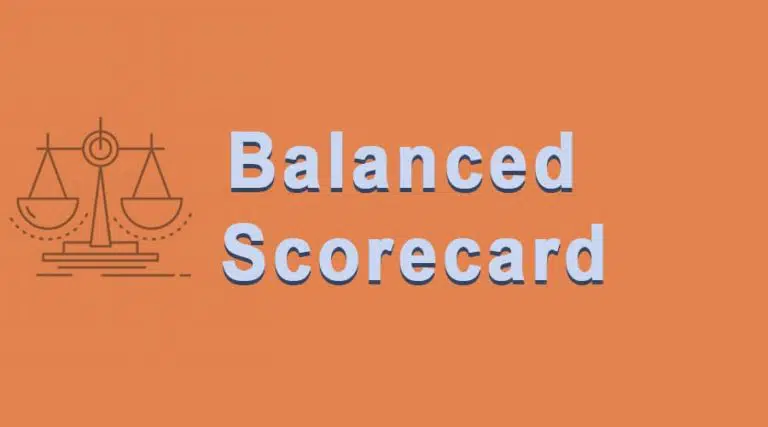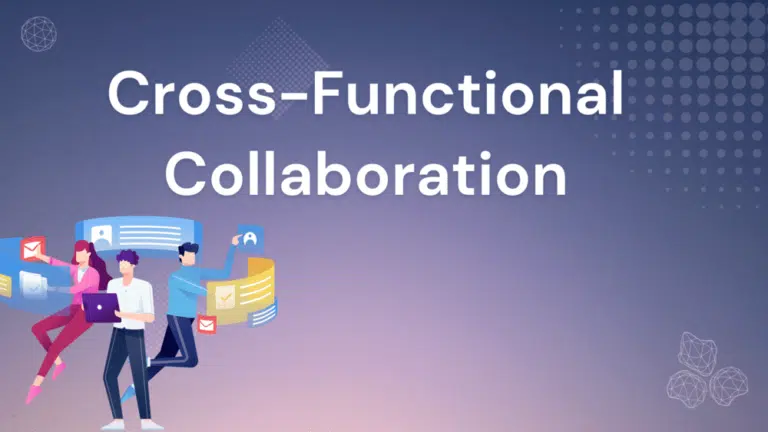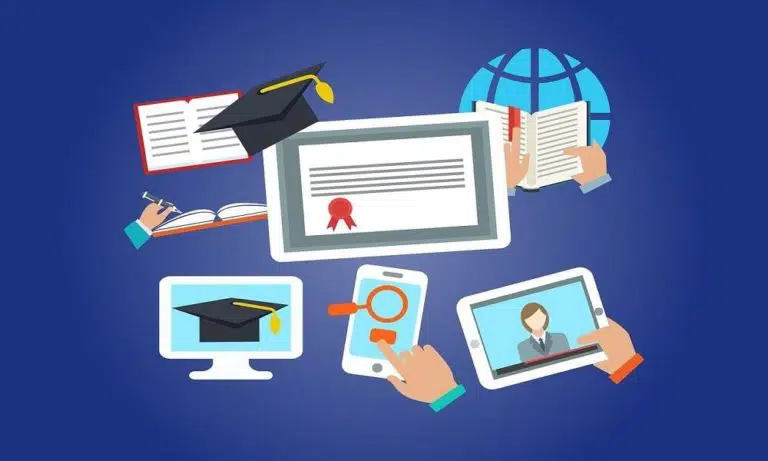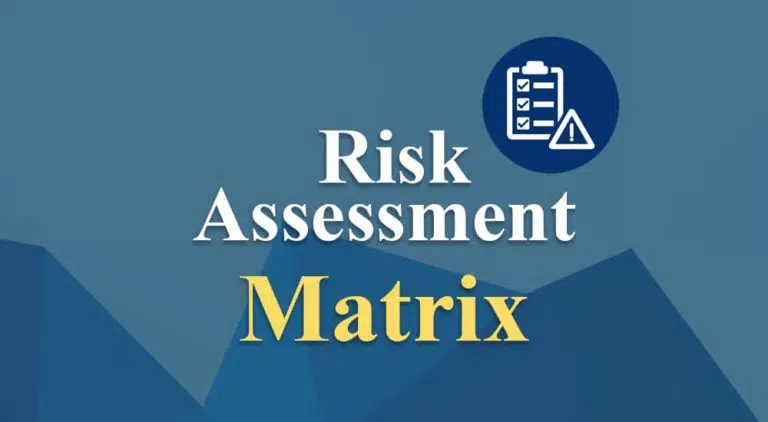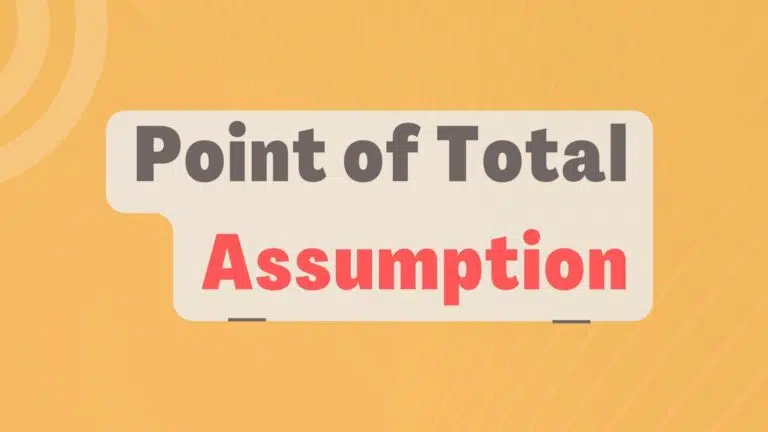A feasibility study is a thorough analysis of any new business idea or offering to determine its chances of success, and whether the organization should proceed with it.
Success has many parameters. Depending on its goals and objectives, an organization can determine success by return on investment, recognition, or community service.
The feasibility study is performed by top management or the sponsor, who has the authority and resources to make high-level decisions. They often hire a consultancy to carry out the feasibility study on their behalf. This study analyses the chances of the proposed endeavor’s success by calculating the expected invested cost and projected profit.
An organization can conduct a feasibility study to determine if it should launch a new product, start a new business unit, acquire a business, start a project, etc. A feasibility study studies the proposed endeavor in detail. It finds all the pros, cons, issues, losses, costs, benefits, etc., and tries to quantify them for decision-making purposes.
The main goal of this study is to identify potential obstacles, risks, and opportunities in the proposed offer so that informed decisions can be made. Feasibility studies provide valuable insights that help stakeholders assess the likelihood of success and determine the best course of action.
Types of Feasibility Studies
The following are key types of feasibility studies:
- Market Feasibility Study: This feasibility study assesses the demand for a product or service in the market. In this study, you will examine factors (e.g., target market size, demographics, purchasing behavior, competition, and potential market share) to determine whether there is enough demand to support the proposed venture.
- Technical Feasibility Study: This study evaluates the technical aspects of the proposed endeavor. It will determine whether the technology required for the proposed endeavor is available, feasible, and practical. This includes evaluating factors such as equipment availability, technical expertise, compatibility with existing systems, and technical challenges or limitations.
- Financial Feasibility Study: This study analyzes the projected costs and revenues associated with the endeavor to determine its financial viability. Financial feasibility studies also consider factors such as funding sources, return on investment (ROI), payback period, and risk analysis.
- Operational Feasibility Study: In this study, you will assess whether the proposed venture can be implemented and operated effectively within the existing organizational structure and resources. The goal is to ensure that the project can be successfully integrated into the organization’s operations.
- Legal and Regulatory Feasibility Study: In this study, you will examine the legal and regulatory requirements that may impact the proposed endeavor. They assess factors such as zoning laws, environmental regulations, permits, licenses, intellectual property rights, and compliance with industry standards and best practices. The goal is to identify any legal or regulatory obstacles that may need to be addressed before proceeding with the idea.
- Schedule Feasibility Study: This study evaluates whether the proposed project can be completed within the desired timeframe. You will review project milestones, deadlines, resource availability, dependencies, and scheduling conflicts. The goal is to ensure that the project timeline is realistic and achievable.
Benefits of Feasibility Studies
A feasibility study provides objective data about a proposed endeavor. Management will know if the proposed offer is beneficial for the organization. It helps organizations invest their resources wisely and earn the most profit from their investments.
Feasibility study also helps in project selection in project management. The management studies all projects and selects the best one that will offer the highest return on investment and align with their goals. If the organization needs financial support from banks or investors, investors and bankers need a feasibility study to provide financial support.
A feasibility study is a key tool for minimizing uncertainties and maximizing the potential for favorable outcomes in various endeavors.
Some other benefits of feasibility studies are as follows:
- They provide an idea of whether the endeavor will be successful.
- They detect and capitalize on new opportunities
- They streamline business alternatives.
- They find errors and help with troubleshooting.
- They control threats and help with risk mitigation.
What is Included in a Feasibility Study
A feasibility study includes several components to assess the viability of a proposed venture.
Some common elements are as follows:
- Executive Summary: This provides a brief overview of the feasibility study by summarizing its findings and conclusions.
- Introduction: This provides the study context by outlining its purpose and objectives.
- Description: This section details the proposed venture (e.g., goals, scope, and objectives).
- Market Analysis: This examines the market potential, demand, competition, and trends related to the proposed project. This section often includes market research data and analysis.
- Technical Feasibility: This assesses whether the proposed endeavor is technically feasible.
- Financial Analysis: This evaluates the project’s financial feasibility.
- Risk Assessment: This identifies and analyzes potential risks and uncertainties associated with the project (e.g., market risks, technical risks, regulatory risks, and financial risks).
- Legal and Regulatory Considerations: This examines the legal and regulatory requirements related to the project (e.g., permits, licenses, zoning regulations, and compliance issues).
- Operational Plan: This section outlines how the project will be implemented and operated (e.g., organizational structure, staffing requirements, operational processes, and timelines).
- Social Impact Assessment: This considers the social implications of the project (e.g., its effects on local communities, stakeholders, and society as a whole).
- Conclusions and Recommendations: This summarizes the findings of the feasibility study and provides recommendations on whether to proceed with the project, modify it, or abandon it altogether.
Examples of Feasibility Studies
Example #1
Consider a business thinking of launching a new food delivery service in a particular city. The feasibility study of this new venture can be as follows
Technical Feasibility
- Can the business develop or acquire a user-friendly app for placing orders and tracking deliveries?
- Is a sufficient network of restaurants willing to partner with the delivery service?
- Does the city have the necessary infrastructure (e.g., good roads and mobile connectivity) to ensure smooth deliveries?
Market Feasibility
- Is there a demand for a food delivery service in the target city?
- Who is the target customer (e.g., busy professionals, families, or students)?
- What is the competition? Are there existing delivery services, and how popular are they?
Financial Feasibility
- What are the start-up costs for app development, delivery logistics, and marketing?
- What pricing strategy will attract customers and be profitable for the company?
- How many deliveries per day are needed to break even and start making a profit?
Legal Feasibility
- Are there any local regulations regarding food delivery services that need to be considered?
- What kind of insurance is required for delivery drivers and potential food-safety concerns?
By thoroughly examining these aspects, you can gain valuable insights. A feasibility study will reveal market demand for the service and highlight challenges in acquiring restaurant partnerships. This will help businesses decide whether they need to adjust their strategy or abandon the idea altogether.
Example #2
Let us see another example of a feasibility study.
The school administration wants the school to expand classes from its current standard VIII to XII.
The management has conducted a feasibility study to help them determine whether the school should go ahead with the expansion.
Feasibility studies should include the following factors:
- Cost of resources required for the expansion
- Increase in revenue after the expansion
- Number of students to be accommodated after the expansion
- How long it will take to recover the costs incurred during the expansion
- How troublesome it will be for the staff and students
- Any impact on the local community
- How it will affect the other schools in the same locality
- What laws may affect the expansion
The management can analyze the above questions, their pros and cons, and then make final decisions.
Case Study
Now, I will share a case study of project failure due to a poor feasibility study.
The Tata Group in India was managing the project to build a car assembly plant. The project was abandoned in 2006-2007. The main reason behind its failure was the conflict with local communities over land acquisition.
In 2004, the state government sold land in Kalinga Nagar (West Bengal, India) to Tata to build the plant. However, the farmers protested, making it difficult for Tata to proceed with the project. During the construction in 2006, a group of farmers started an agitation against the work, which spread throughout the state. The agitation turned violent and caused 14 casualties.
This failure was caused by a poor feasibility study. The management did not thoroughly analyze the project’s impact on the local community.
Summary
A feasibility study is an assessment to determine the practicality and viability of a proposed endeavor. By analyzing various aspects, stakeholders can make informed decisions and manage risks. This study will ensure that the proposed endeavor will have a solid foundation for success, guide investment decisions, and increase the chances of success.

I am Mohammad Fahad Usmani, B.E. PMP, PMI-RMP. I have been blogging on project management topics since 2011. To date, thousands of professionals have passed the PMP exam using my resources.

